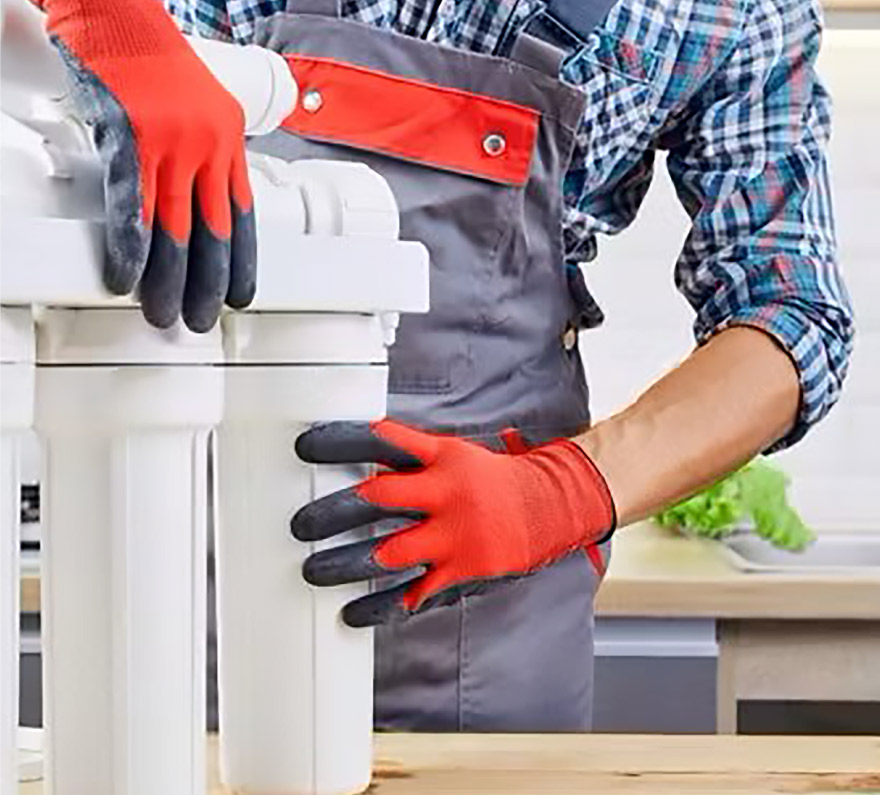Zoom offers a premium service for replacing home water filter cartridges.
If you’re looking for pure, healthy, and impurity-free water:
– The Importance of Replacing Filter Cartridges on Time
Replacing water filter cartridges on time is crucial to ensuring water quality and protecting your health and your family’s health. Here are the key reasons:
-
Maintaining Water Quality:
Over time, cartridges fill up with impurities such as dirt, sediment, and bacteria, which can affect the purity and taste of the water. -
Preventing Contaminant Build-up:
Old cartridges can become a breeding ground for bacteria, making the water unsafe to use. -
Improving Filter Efficiency:
Regularly replacing cartridges maintains filter efficiency, helping to remove impurities better and reducing strain on the system. -
Extending Filter Lifespan:
Regular maintenance, including cartridge replacement, protects the filter system from early damage and prolongs its lifespan. -
Saving Costs in the Long Run:
A well-functioning filter consumes less energy and reduces the need for costly repairs or full replacement of the system.
Recommendation:
Always follow the maintenance schedule for your filter model and replace the cartridges as per the manufacturer’s recommendations, typically every 3–6 months, depending on usage.
Service Features
- Original Cartridges Replacement: Ensuring the best performance and a longer lifespan for your filters.
- Comprehensive Filter Check: To ensure the system’s integrity and clean it from any build-up.
- Competitive Prices: With special offers for our customers.
- Fast and Professional Service: Our team is trained to meet your needs with the highest quality.


 العربية
العربية
